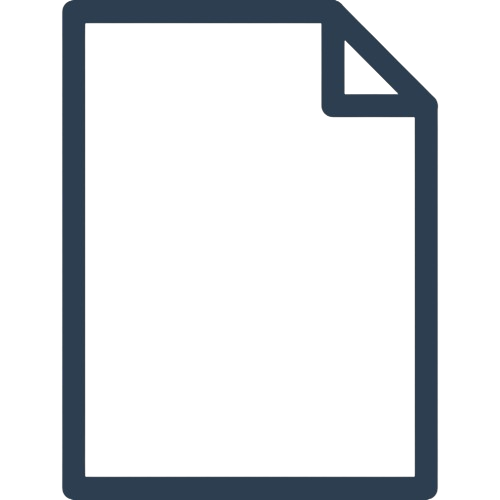.TEXTURELIBRARY File Extension

Painter Texture Library
| Developer | Corel |
| Popularity | |
| Category | Misc Files |
| Format | .TEXTURELIBRARY |
| Cross Platform | Update Soon |
What is an TEXTURELIBRARY file?
.TEXTURELIBRARY files are specific file extensions utilized to store a comprehensive collection of textures utilized in computer graphics and design applications.
These files compile a library of textures, including images, patterns, and maps used to texture 3D models and enhance visual realism in various digital environments.
More Information.
.TEXTURELIBRARY files were developed to centralize and manage textures efficiently. They aimed to reduce redundancy in texture storage, ensuring ease of access and utilization across multiple design or modeling projects.
Origin Of This File.
The concept of .TEXTURELIBRARY files emerged as a means to streamline and organize textures essential for 3D modeling and graphic design processes.
These files were introduced to simplify the handling and accessibility of diverse textures, facilitating their easy integration into various projects.
File Structure Technical Specification.
.TEXTURELIBRARY files commonly contain an array of image files or references to images along with metadata to describe each texture. The file structure may include headers, indexing information, and paths directing software applications to the textures within the library.
Technical specifications often depend on the software that generates or uses these files, but they generally adhere to standard image file formats like JPEG, PNG, TIFF, or proprietary formats specific to certain design software.
How to Convert the File?
Windows:
- Third-Party Software: Use specialized software designed to handle
.TEXTURELIBRARYfiles or a file converter tool compatible with Windows. - Manual Extraction: If supported by the software, individual textures can be extracted from the library and saved in formats recognized by other applications.
Linux:
- Third-Party Solutions: Seek third-party software or converters that offer Linux compatibility to manage or convert
.TEXTURELIBRARYfiles. - Terminal Commands: If supported by specific software, terminal commands or scripts might be available for extracting textures or converting the file to compatible formats.
Mac:
- Third-Party Applications: Look for software explicitly created for macOS that supports handling
.TEXTURELIBRARYfiles or offers conversion options. - Manual Extraction: Similar to other systems, if permitted by the software, extract individual textures for use in other applications.
Android:
- Dedicated Apps: Search for apps on the Google Play Store designed for managing or converting textures. If the
.TEXTURELIBRARYformat gains recognition, specialized apps might emerge. - Online Services: Some online services might provide file conversion capabilities accessible through mobile browsers.
iOS:
- App Store Solutions: Explore the App Store for applications tailored to handle or convert textures. Look for apps compatible with the
.TEXTURELIBRARYformat if supported. - Cloud-Based Conversion: Cloud services might offer conversion tools accessible through web browsers on iOS devices.
Advantages And Disadvantages.
Advantages:
- Simplifies texture organization and access.
- Enhances workflow efficiency for texture-heavy projects.
- Encourages reusability and sharing of textures across different software.
Disadvantages:
- Dependence on specific software compatibility for utilization.
- Potential increase in file size if textures are not optimally compressed.
- Lack of industry-wide standardization might limit interoperability.
How to Open TEXTURELIBRARY?
Open In Windows
- Specialized Software: Utilize software designed explicitly to handle
.TEXTURELIBRARYfiles if it becomes available. - Third-Party Applications: Seek third-party tools or converters that claim compatibility with Windows for managing or extracting textures from the hypothetical
.TEXTURELIBRARYformat.
Open In Linux
- Third-Party Solutions: Look for software compatible with Linux that supports managing or converting textures in this hypothetical format.
- Terminal Commands: If supported by specific software, terminal commands or scripts might be available for handling
.TEXTURELIBRARYfiles.
Open In MAC
- Third-Party Applications: Search for macOS-compatible software specifically developed for managing or converting textures within a
.TEXTURELIBRARYfile. - Manual Extraction: If feasible, extract individual textures from the library for use in other applications.
Open In Android
- Dedicated Apps: Look for Android apps on the Google Play Store designed to handle or convert textures if the
.TEXTURELIBRARYformat gains recognition. - Online Services: Some online services might provide file management or conversion capabilities accessible through mobile browsers.
Open In IOS
- App Store Solutions: Explore the App Store for iOS applications designed to handle textures or offer conversion options if the
.TEXTURELIBRARYformat becomes supported. - Cloud-Based Services: Consider cloud services that might offer file management or conversion tools accessible through web browsers on iOS devices.
Open in Others
Given the hypothetical nature of the .TEXTURELIBRARY format, opening it in other systems or platforms would heavily depend on the emergence of specialized software, converters, or online services specifically tailored for this format.











